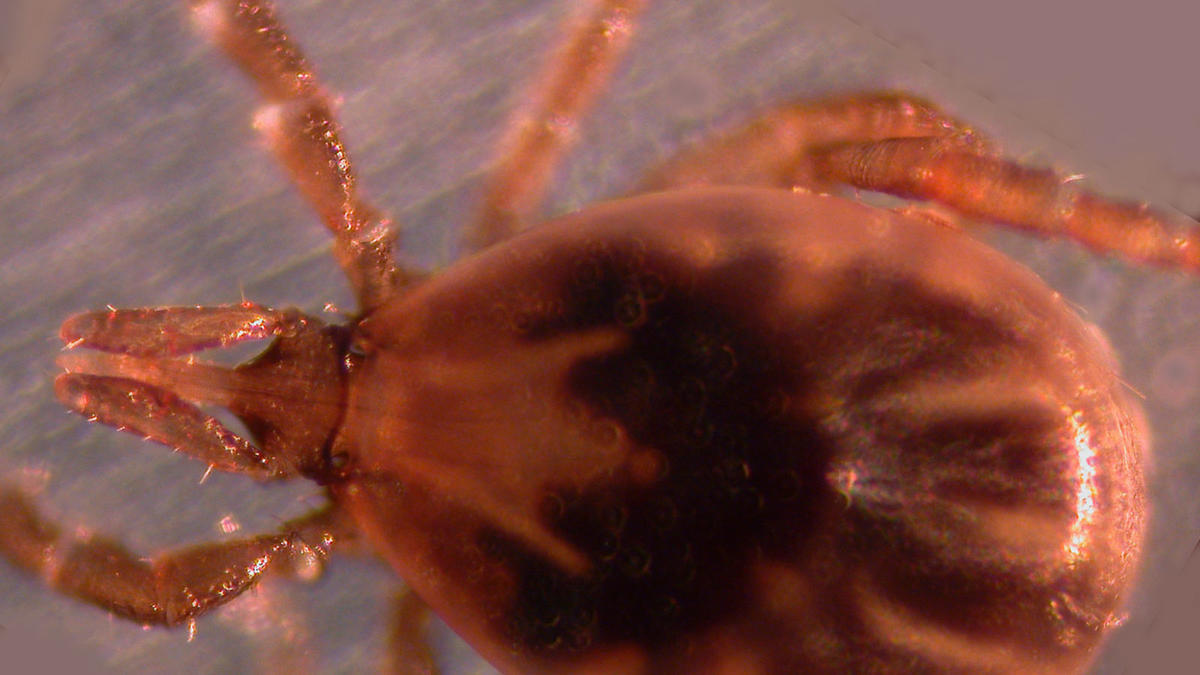

tick, mouse, and acorn population data
background information and more resources
You can also explore this dataset on TUVA, an interactive graphing platform.
Background
Since the early 1980s, Lyme disease has been a growing scourge for residents of the Northeastern United States. The Center for Disease Control now estimates that as many as 300,000 Americans are diagnosed annually with Lyme disease, which causes fever, exhaustion, joint pain/stiffness, headaches, forgetfulness, facial paralysis and more (CDC 2015).The black-legged tick (Ixodes scapularis) is the primary vector of the bacterium that causes Lyme disease, which is called Borrelia burgdorferi.
Cary Institute grounds are home to the world’s longest running study on the ecology of Lyme disease. Long-term research by Cary Ecologist Dr. Rick Ostfeld and his collaborators has revealed the complex interactions among infected ticks, environmental conditions, and disease risk.
This dataset will allow you to explore connections between tick populations, their mouse hosts, and the acorns that feed the mice.
Data Sampling & Compilation
Data Source: Kelly Oggenfuss (Cary Institute of Ecosystem Studies)
